July 2018
Botero
You can’t visit Colombia, especially Medellin, and not run into the works of Fernando Botero. I was first introduced to Botero many years ago as some of my mother’s friends had one of his sculptures (real or replica – I have no idea). And I immediately fell in love with his work. If you had to pick one word to describe it, the word would have to be “round.” Sort of like his name.
Large, curvy, voluptuous
You can’t mistake his work for anyone else’s as his sculptures and figures in his paintings are all large, curvy, voluptuous, plump, fat, and exaggerated (which can be interpreted as criticism – often political – or humorous). I am not being unkind. He himself has called his figures, “fat.” In fact, he said, ” An artist is attracted to certain kinds of form without knowing why. You adopt a position intuitively; only later do you attempt to rationalize or even justify it.”
Botero was born in Medellin (on April 19,1932 – just a few years after my mother, but on her birthday!). He grew up poor and as a teen was sent to learn to be a matador. But when he was more interested in drawing pictures of the bulls, his family realized he was an artist. He couldn’t afford a model. So he used his own hand as his model. When he first began to sculpt, he couldn’t afford bronze. So he used acrylic resin and sawdust. But this obviously did not work out.
Botero in Cartagena
We saw our first Colombian Botero piece in Cartagena with our wonderful guide Vicki (please see that post). It was in the Plaza Santo Domingo and the sculpture was one of his Mujer Reclinada (reclining woman), La Gorda Gertrudis. We would see many more versions of Majer Reclinada before our trip was over.
San Antonio Plaza
The next Botero we saw was in Medellin in the San Antonio Plaza, next to Parque San Antonio. Both are not in the best part of town. Guillermo dropped us off and we walked up the steps onto the plaza. The whole place had a gritty feel to it. But it is one of the most important spots in Medellin and in Medellin’s history of drugs and death and redemption.
After Escobar died (please see my post on Comuna 13 to read all about Escobar and the drug wars), things were calming down, but there was still some violence here and there in the Medellin. The park and plaza were built in the mid-1990’s for people to have a place to go with their children, for people to come to concerts, for a place for happiness. The city bought a Botero sculpture – after all, Botero was a son of Medellin – and placed it on the plaza. It was Botero’s “The Bird,” a fat, round, happy bird standing on its two legs.
The Wounded Bird
And then, in 1995, during a concert with 3500 people in attendance, the bird exploded, killing 30 people and injuring more than 200 more. Someone or some group had placed 22 pounds of dynamite and shrapnel bombs inside the bird. The leftist guerrilla group FARC initially took responsibility for the bombing, claiming it was a message aimed at Botero’s son, Fernando Botero Zea, who was the defense minister of Colombia to punish him for not engaging in peace negotiations with them, and they meant only to destroy his father’s statue, no kill people. One of the communist parties also took responsibility, saying that the money spent on the statue should have gone for food for the poor.
The Bird of Peace
But Botero saved the day. In 2000, he created and donated an identical sculpture, The Bird of Peace (El Pájaro de la Paz) and placed it next to the original sculpture, now called “Wounded Bird”. Botero called his second bird “a homage to stupidity,” a symbol of peace and a memorial to the victims. By leaving both statues side-by-side, Medellin and its people could learn from there violent past. And the names of the 22 victims are carved on the base.
And these two birds, one cheerful and one with a huge hole in its abdomen, are the epitome of Medellin’s history. War, death and destruction. Followed by hope and peace.
More Botero on the Plaza
There are two additional Botero sculptures located in Plaza San Antonio. One is Torso Masculino (Male Torso) and the other Venus durmiente (Venus sleeping).
Plazoleta de las Esculturas
Juan Carlos then took us to see Botero at the Plazaoleta de las Esculturas, or Plaza Botero, a 7.00 square meter park in the Old Quarter of Medellin, surrounded by the Museum of Antioquia on one side and the Rafael Uribe Palace of Culture on another.
History of Plaza Botero
The plaza and the statues have a story. The now famous Museo de Antioquia had hardly any visitors and was in debt. It looked like it might have to close. But Botero came to the rescue again. He promised a donation of a sculpture room, a painting room and a drawing room, if the museum grew, which meant moving it to a new location. And so the new museum and the plaza were born. And the plaza was filled with 23 of Botero’s curvy sculptures, all of which were donated by Botero. Unfortunately, to build the plaza, a full block of buildings had to be demolished. I don’t know what happened to all the occupants. But I do know that the plaza is a magnificent place which brings all the locals and tourists together.
Touch and Feel
We walked around, taking our time, looking at the front, sides and back of each sculpture. The statues seem to be calling out to be touched, and legend has it that touching one of Botero’s sculptures will bring you luck and love.
The names of the sculptures are all very simple and very descriptive. Head. Man on Horseback. Roman Soldier. Maternity. Adam. Eve. Hand. Here is the complete list of them all: Mujer, Mujer con fruta, Gato, Adán, Eva, Caballo, Mujer con Espejo, Mujer sentada, Perro, Hombre vestido, Mujer vestida, Maternidad, Esfinge, Rapto de Europa, Hombre a caballo, Mujer reclinada, Hombre caminante, Caballo con bridas, Soldado romano, Cabeza, Pensamiento
- Cabeza – Head
- Maternidad – maternity
- Mujur and Homer Vestida
- Mujer Vastida – woman in dress
- Hombre Vastida – Man wearing clothes
- Mujer Reclinida – Reclining woman
- Caballo – horse
- Caballlo – horse
- Perro – dog
- Perro – dog
- Mujer con espejo – woman with mirror
- Adam and Eve
- Fat lady standing on head
- Roman Soldier
- Mujer sentada – Sitting woman
- Man on horse
- Caballo con bridas
- Horse with bridle
- Mujar
- hombre caminante – male hiker
- Venus dormida – Venus sleeping
- Rapato de Europa – Abduction of Europe
- Esfinge – sphinx
- Mano – Hand
- Mujer con fruta -woman with fruit
- Head
Coffee break
And then it was time to stop for coffee (this is Colombia after all). Juan Carlos highly recommended El Laboratorio de Cafe, because the coffee is great, and because we could sit overlooking the reclining woman (Mujer reclinada). The coffee menu was long and Juan Carlo had to explain what the different coffees were. And we got to watch the coffee equivalent of a wine sommelier make our coffee.
- The table
Botero in Bogota
Although Botero was from Medellin, there is also a Botero museum in Bogota which we were fortunate to visit with our Bogota guide, Juan David.
Museo Botero
In 2000, Botero donated 208 pieces of art to the Banco de la Republica. Of the 208, 123 were his own work and the rest of them were other artists’ works taken from his personal collection. The other artists included international artists like Picasso, Picasso, Leger, Renoir, Monet, Dali, Giacometti, Beckmann, Freud, Calder, and Bacon, but also included some of the most famous Latin American, specially Colombian, artists.
The bank started the Museo Botera to house all the art pieces. They renovated a colonial house that had belonged to the archbishop in the historical section of Bogota, La Candelaria. And because the museum honors THE greatest Colombian artist of all, there is no entrance fee. When the museum opened, Botero said, “It is for me an infinite pleasure to know that these works of art belong to Colombia today; to know that the students that come into this building will be in touch with the most significant artistic pieces of our times, being able to contemplate, on a permanent basis, original artwork made by great masters; and to know that lovers of painting and sculpture can come visit this haven of peace and stroll quietly through the halls, allowing themselves to be enveloped by modern aesthetics.”
- Botero Museum
A broken heart. A cut banana,
We walked through the two wings of the museum in awe. Each work of Botero’s told a story. Sometimes it was a political Colombian story told with both irony and respect. Sometimes it was a personal story. Botero had several children with several wives. But one of his sons was killed in a car accident at the age of five. From then on, in every painting, there is something that is cut, or broken or torn. His heart. His son.
Sculptures? Paintings? Which do you prefer?
I always loved Botero’s sculptures, the roundness, the softness. Clearly, I was not the only one.
- Mano – hand
- Mujer con fruta – Woman with fruit
- Mujer reclanida – Woman reclining
- Mujer reclanida – Woman reclining
- Mujer reclanida – Woman reclining
- Venus Dormida
- Venus Dormida
- Venus Dormida
- Venus Dormida
- El Sueno – The Dream
- El Sueno – The Dream
- El Sueno – The Dream
- Torso
But at this museum, I also fell in love with his paintings. One theme that kept repeating, both in the sculptures and in the paintings, was sleep. And those statues and paintings captured me the most (those of you that know me, understand why).
- Guerilla deEliseo Velasquez
- Mona Lisa
- Mona Lisa
- Hombre descansando – Resting man
- Presidente Durmiendo – Sleeping President
- Guitar and Chair
- Concierto Campestre – Country Concert
- Manos – hands
- Naturalieza Muerta con Canasta de Frutas – still life with fruit
- Pajaro pequeno – Little Bird
And of course the art of the others was also spectacular.
- Chagall
At the time of the museum opening, one of the local newspapers said, that “the donation by Fernando Botero was the greatest gift that a Colombian has ever made to his country.” I think that donation and that museum is one of the greatest gift for any lover of art.
Your very own Botero
And of course, for a few Colombian pesos (actually for many Colombian pesos) you could buy a replica of a Botero sculpture. And I did.
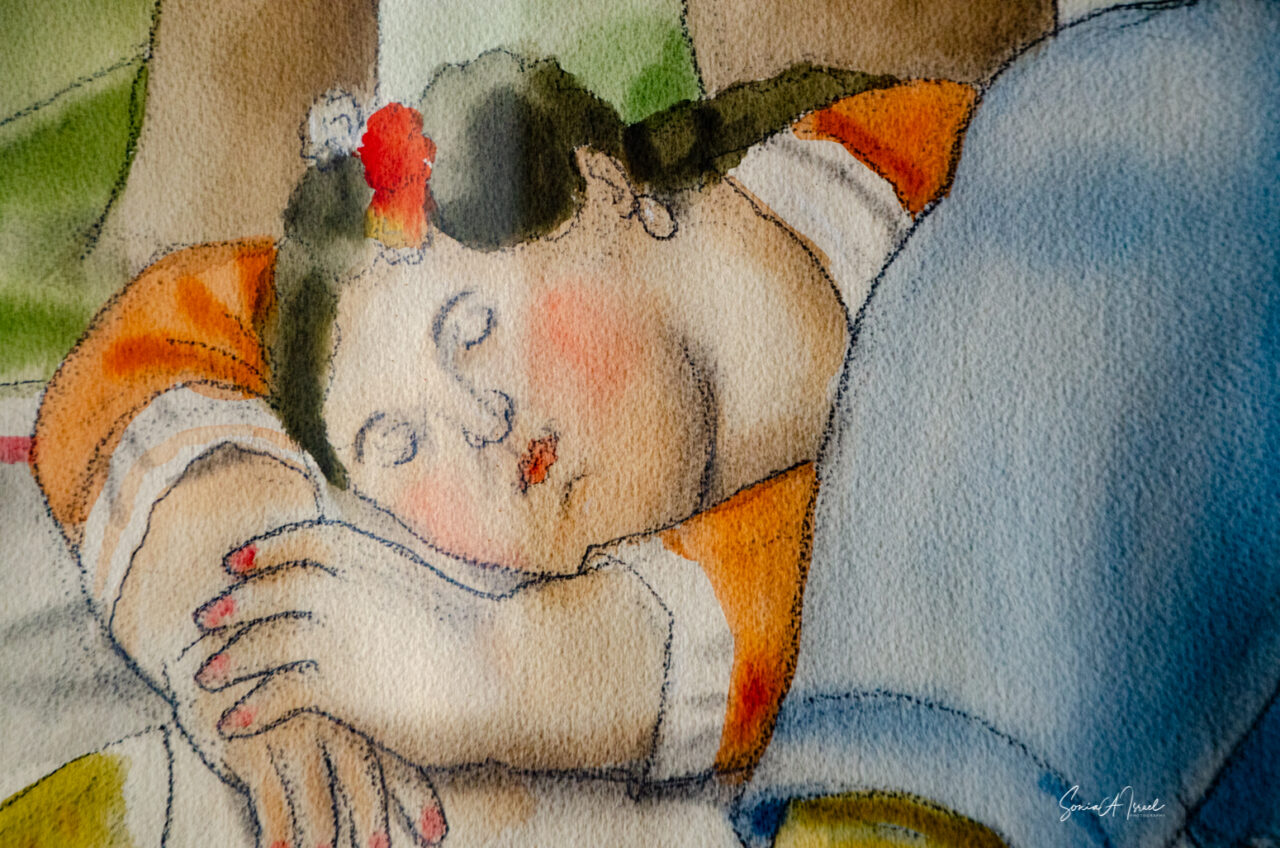
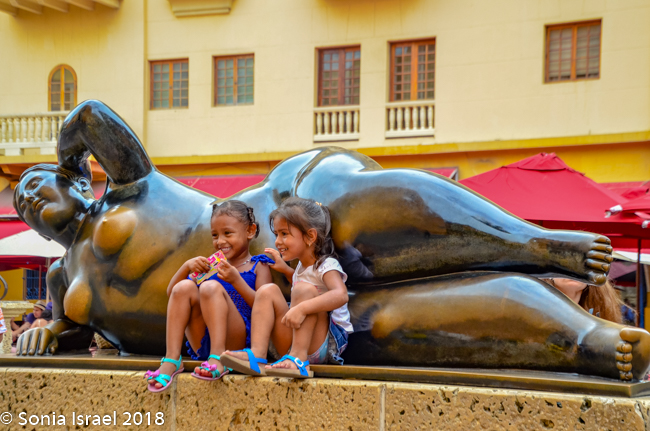
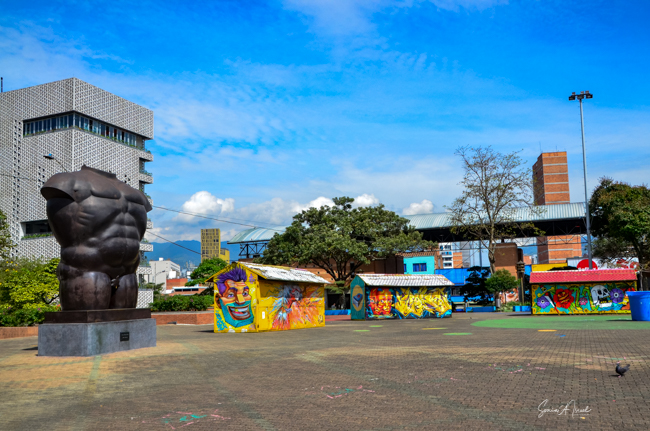
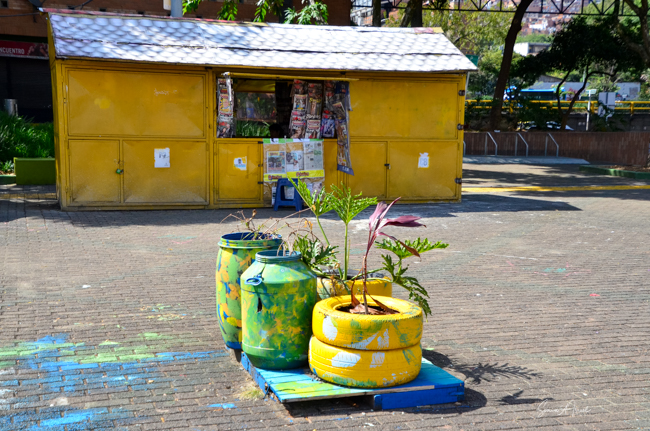
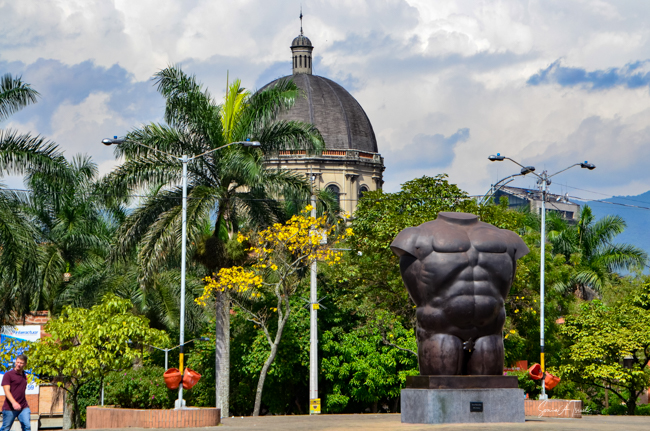
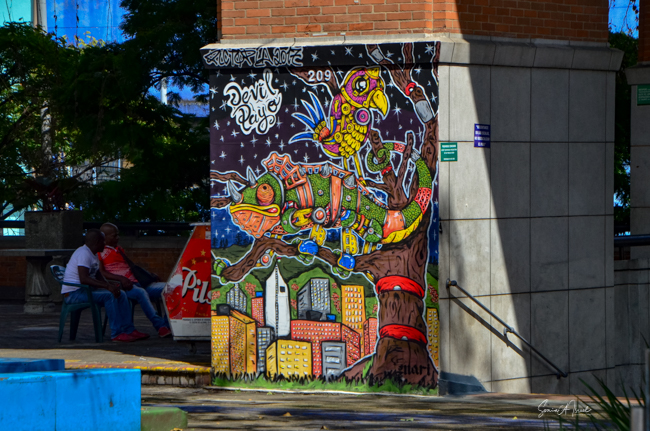
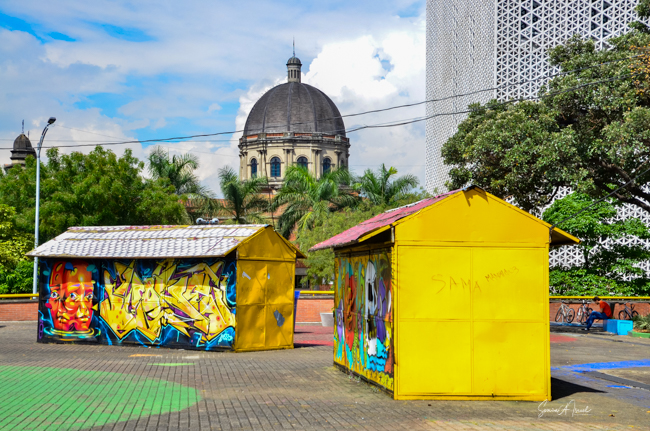
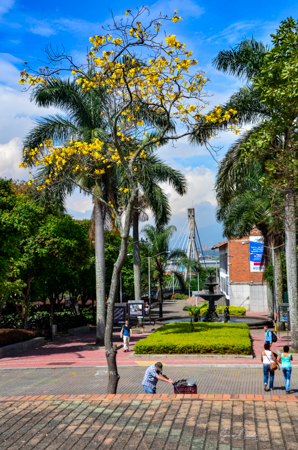
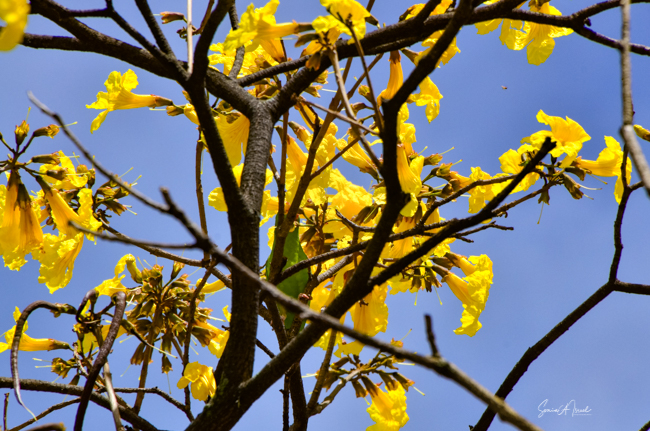
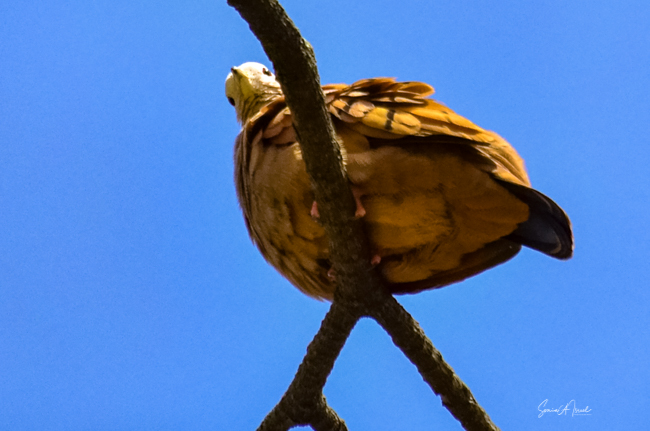
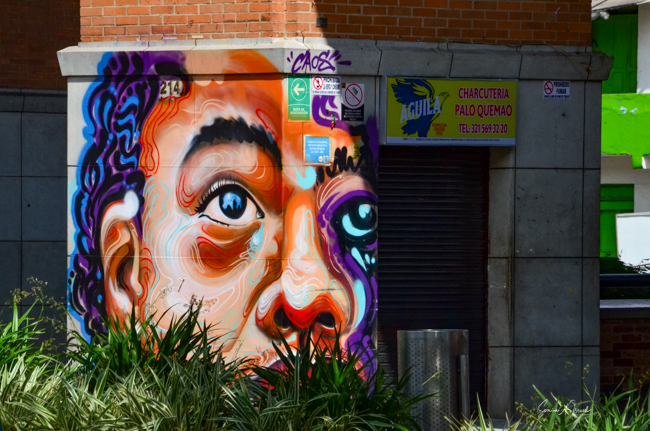
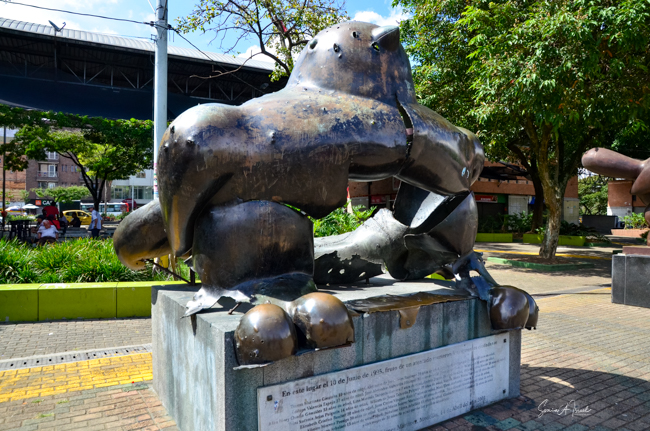
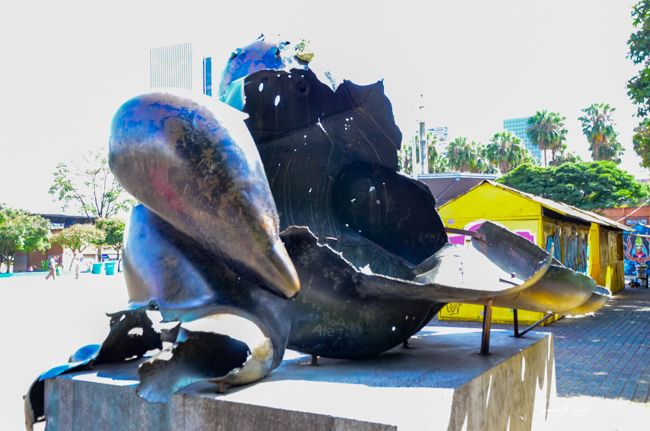
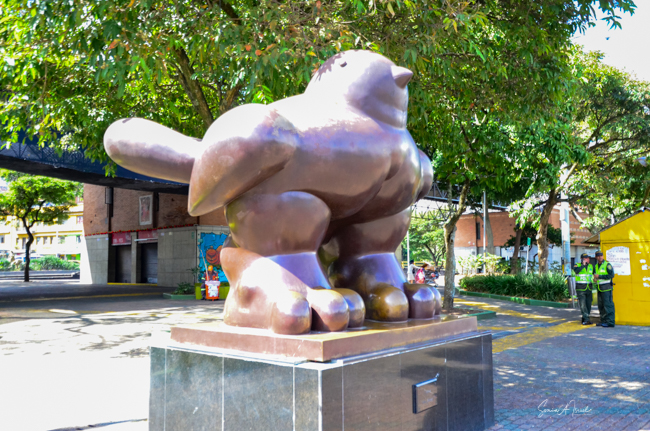
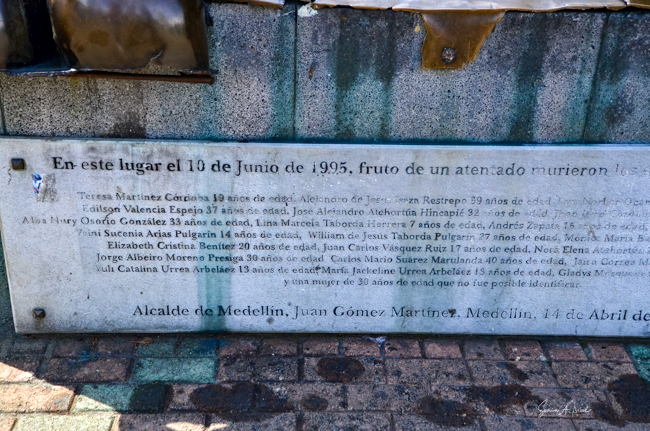
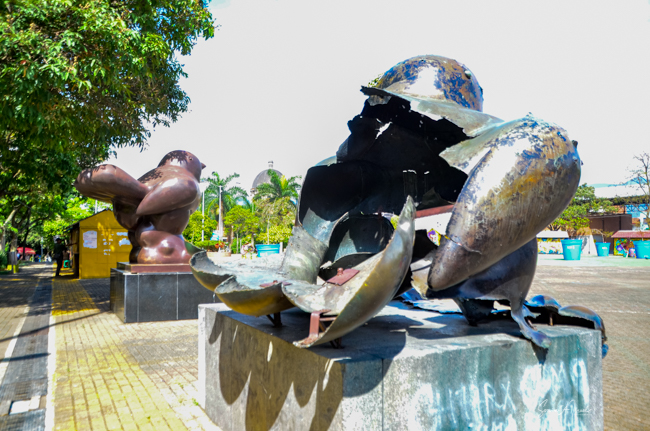
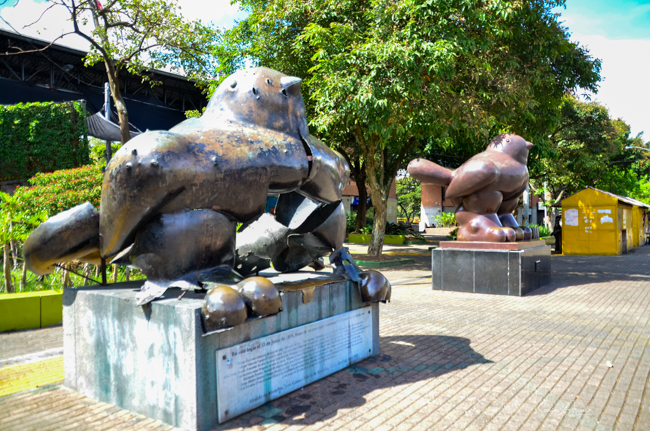
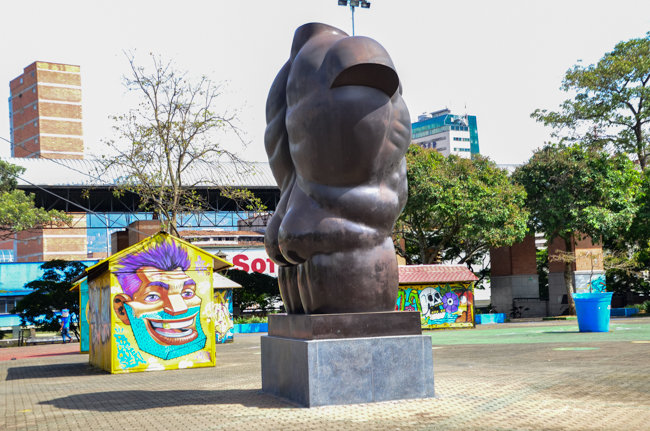
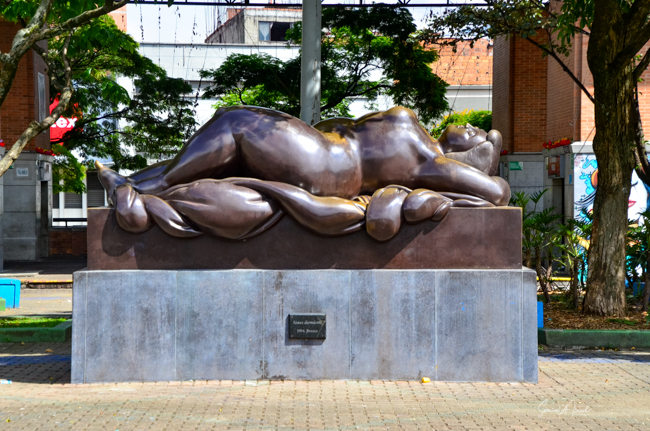
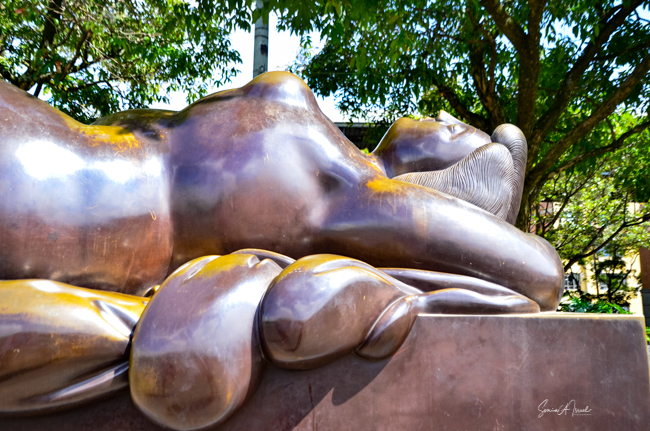
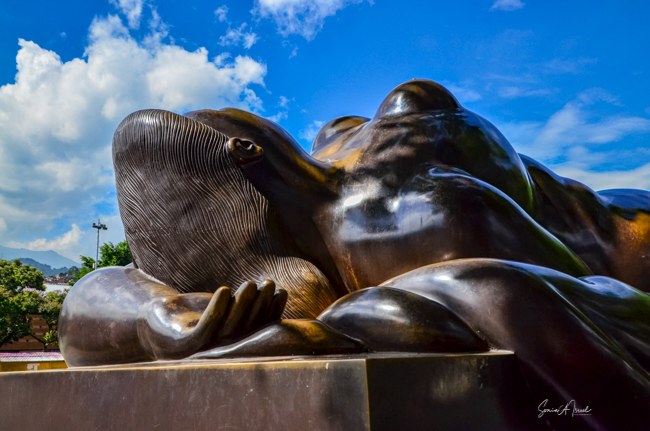
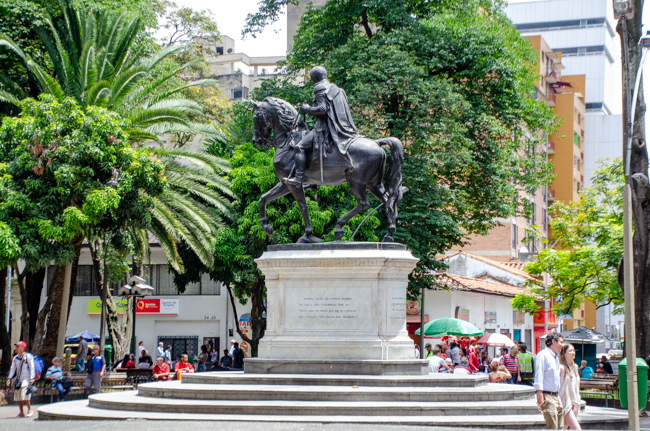

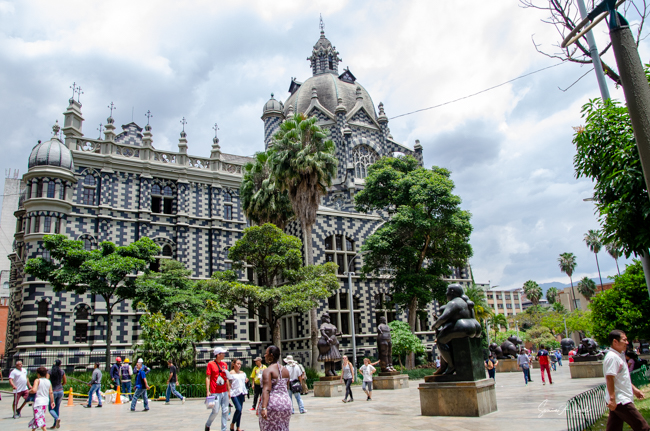
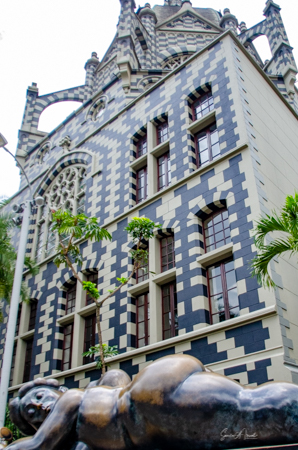
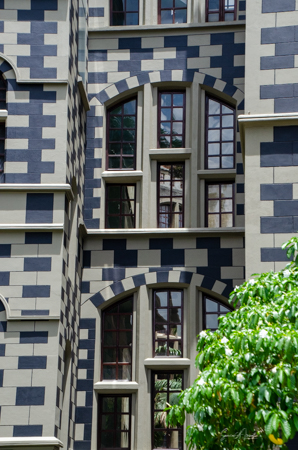
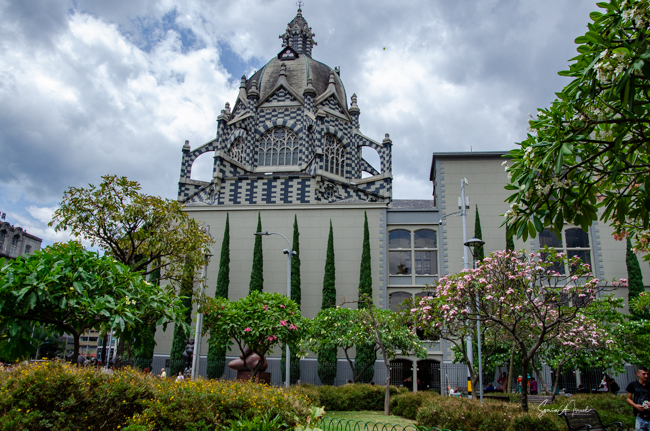
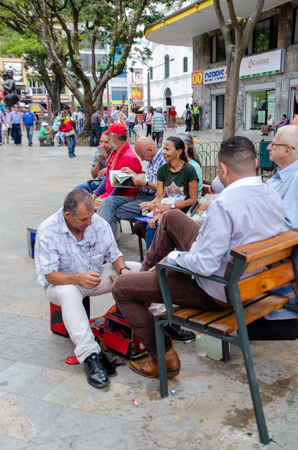

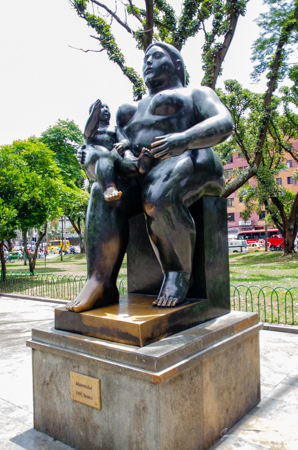
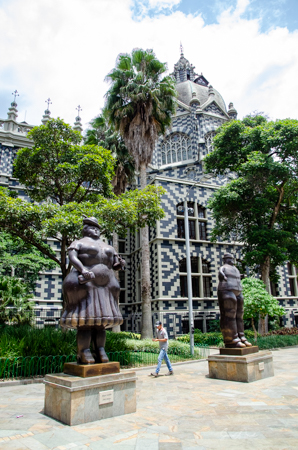
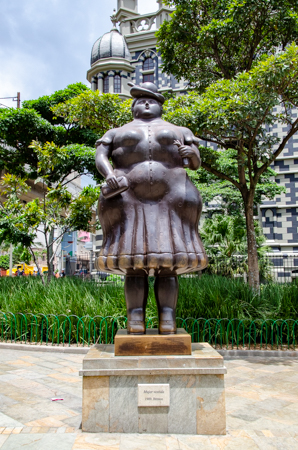
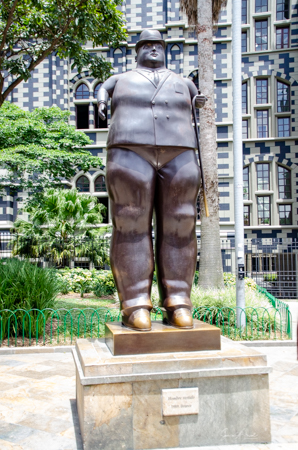
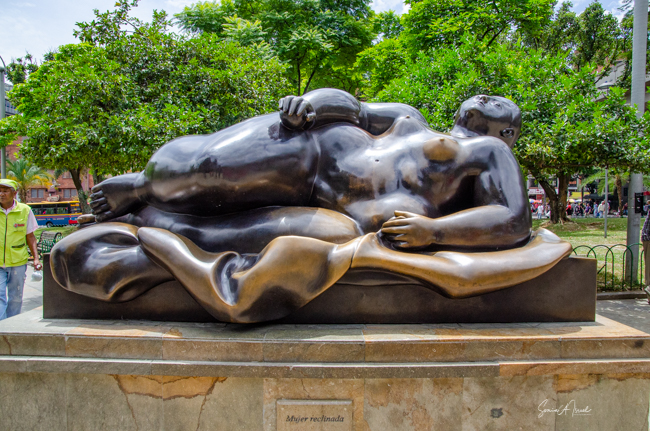
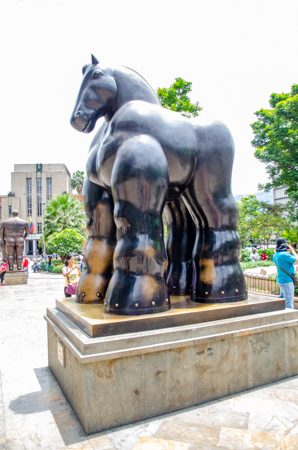
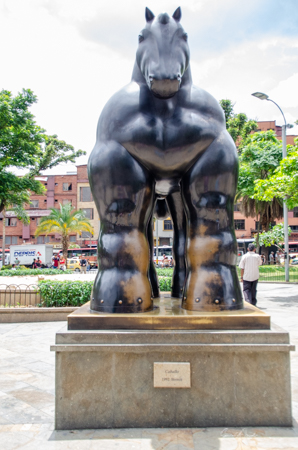
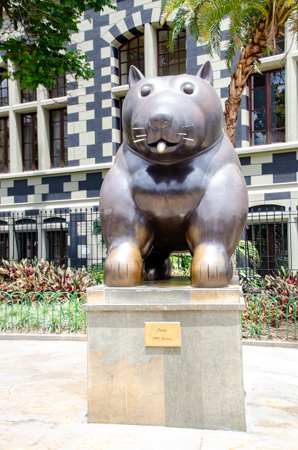
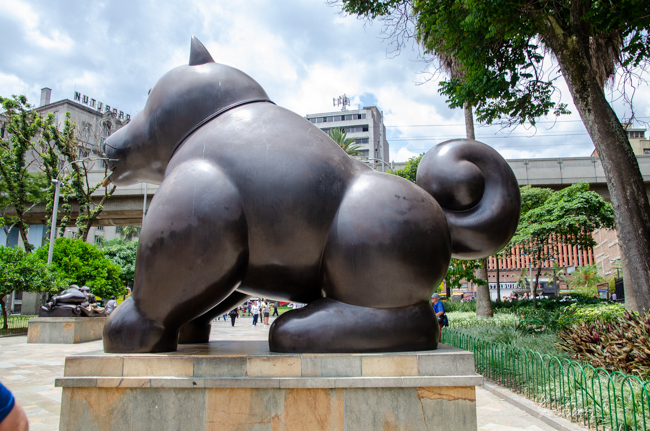
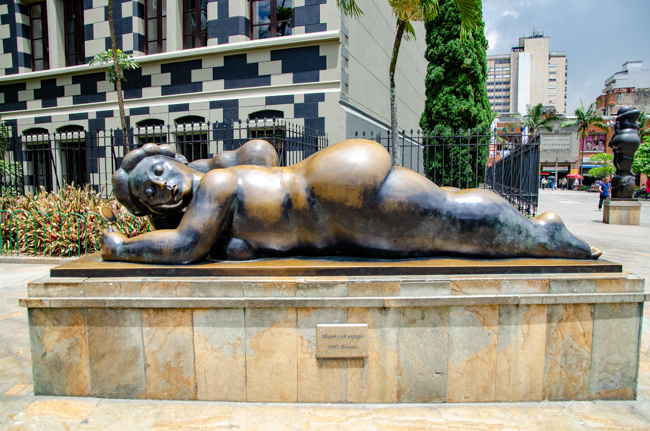

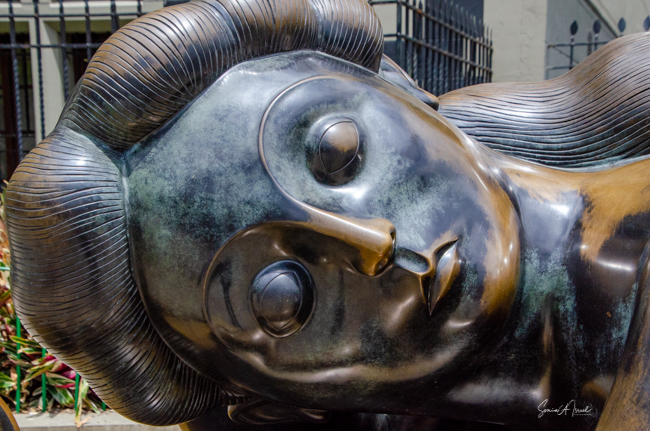
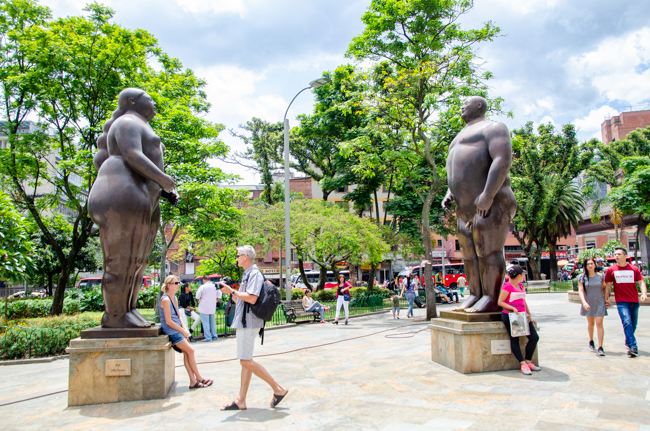
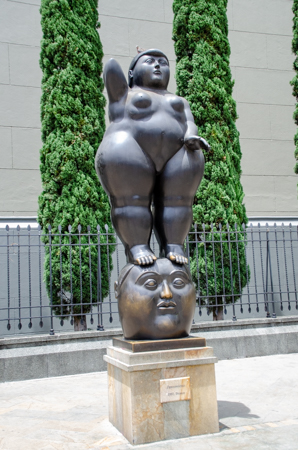
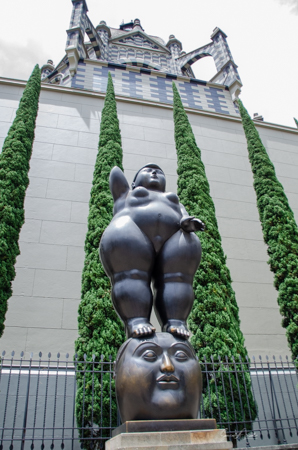
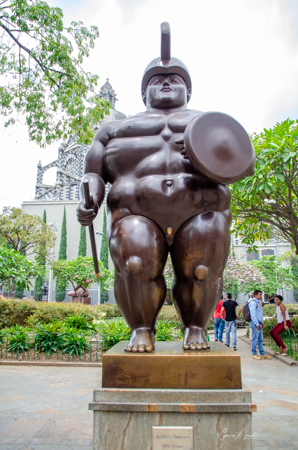
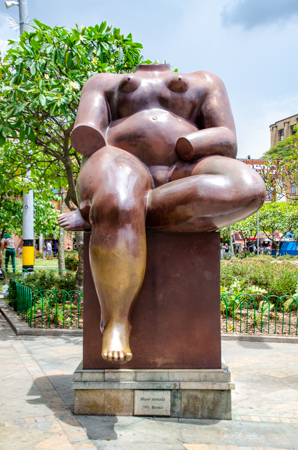
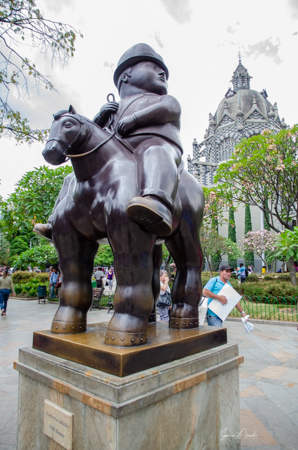
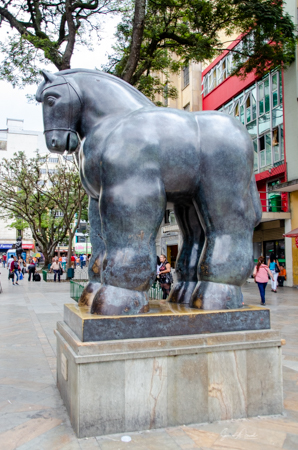

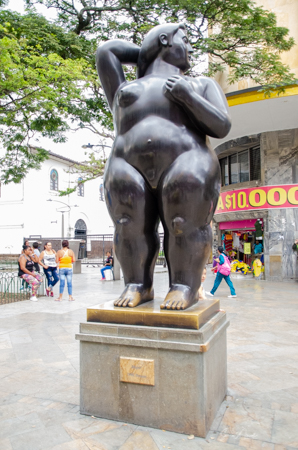
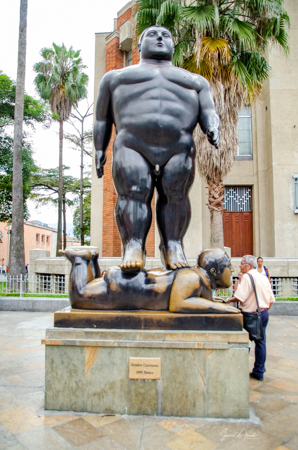
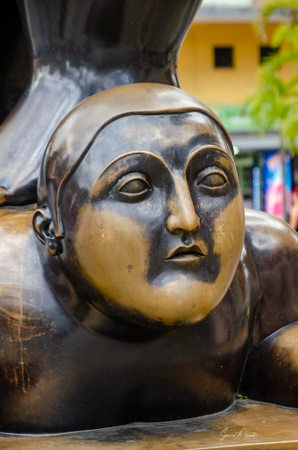

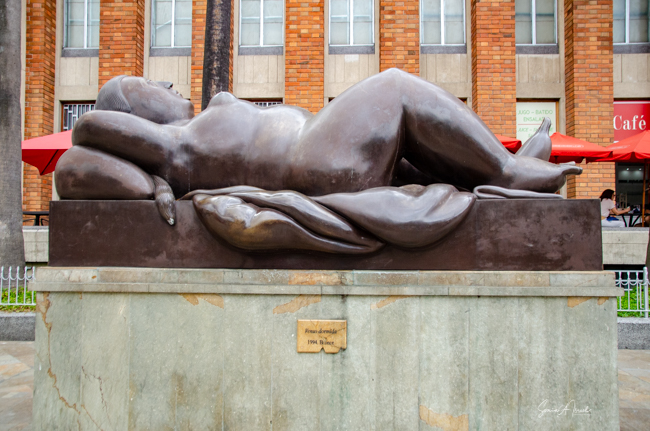
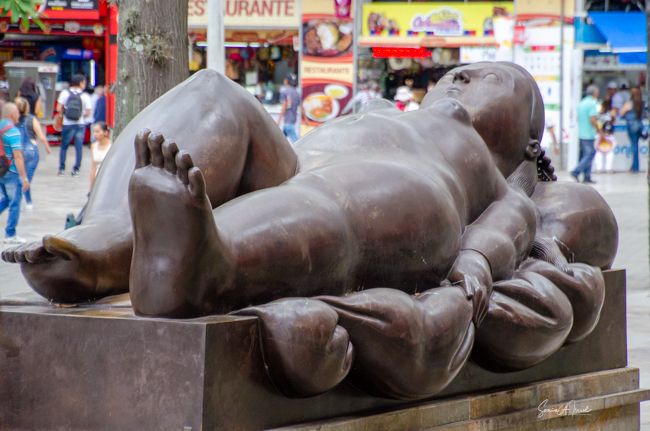
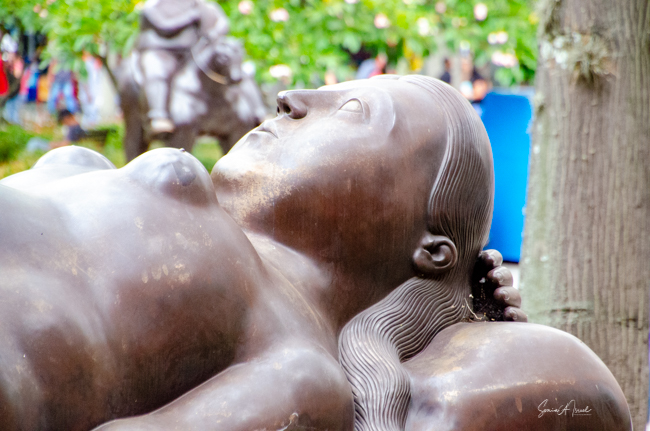
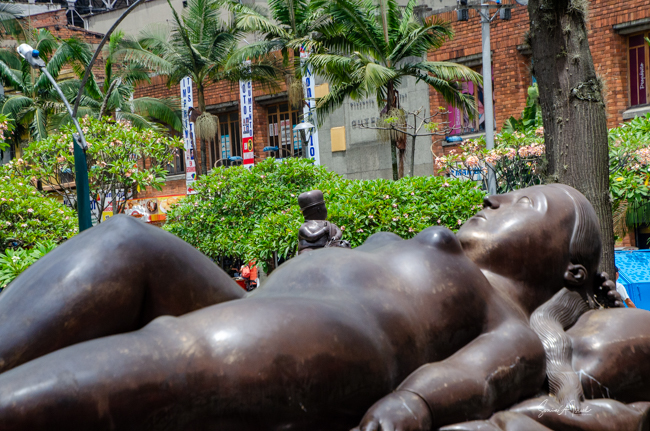
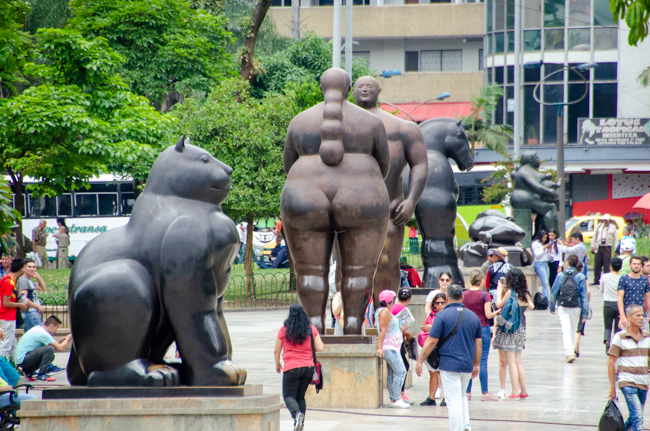
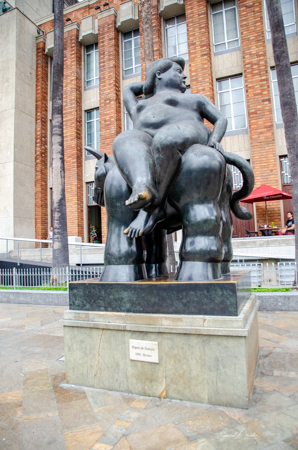
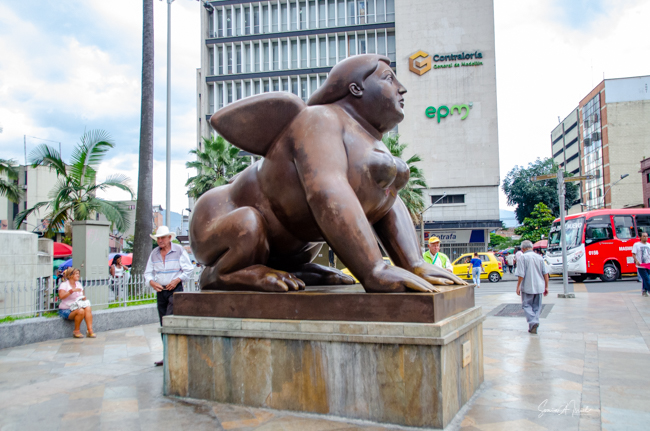

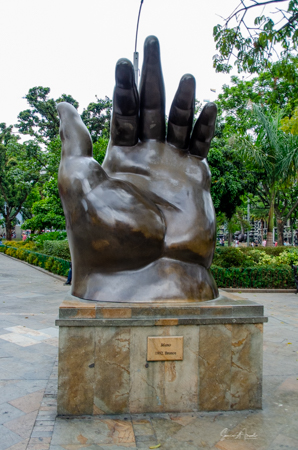
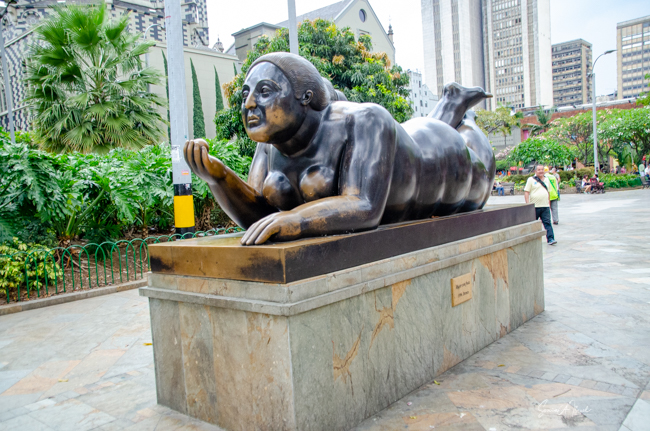
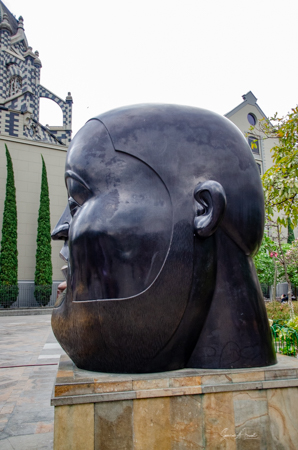
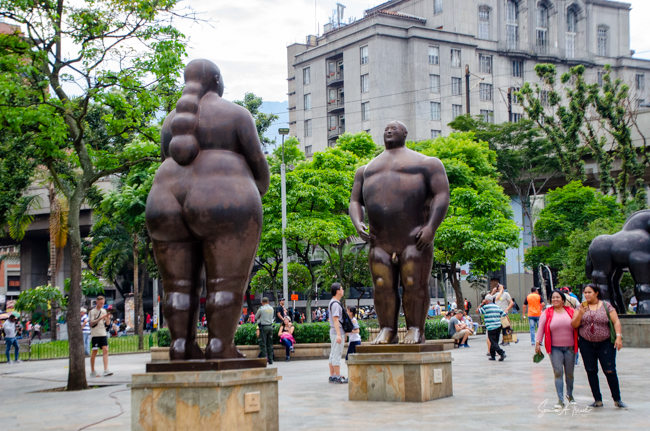
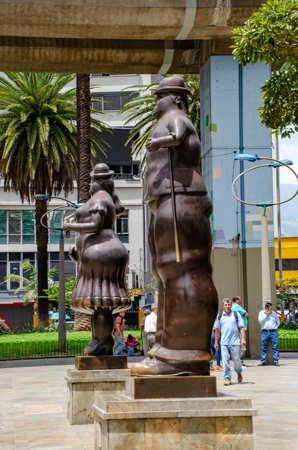
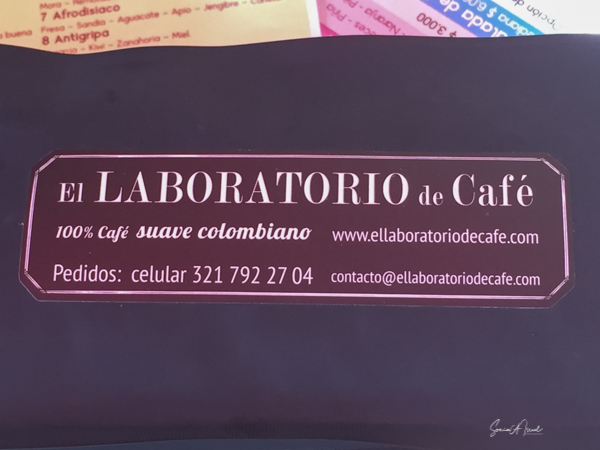
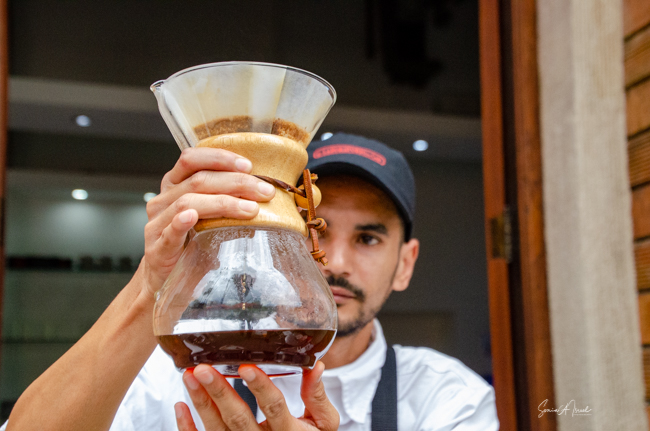
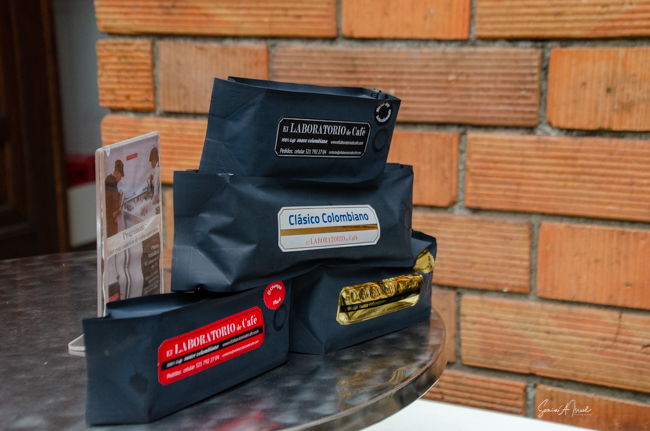

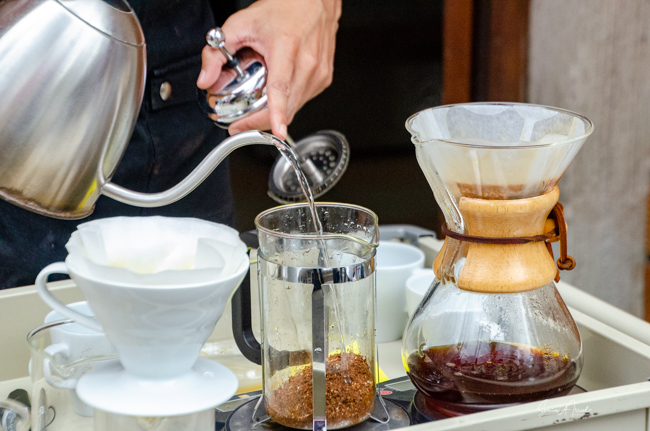
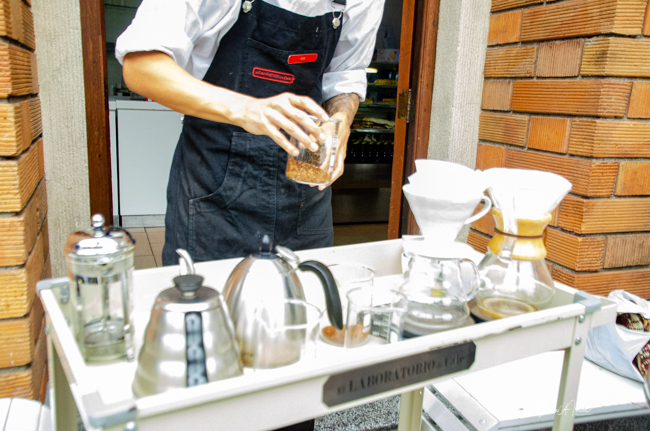
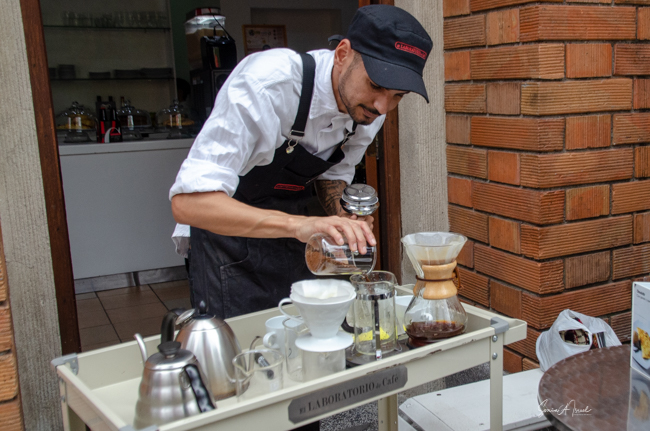


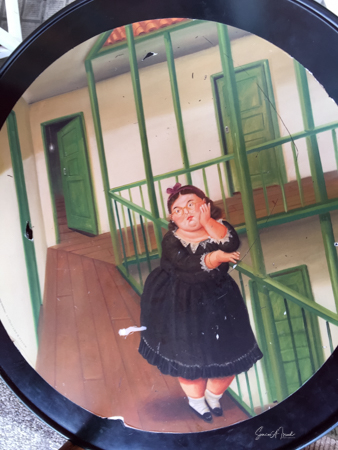

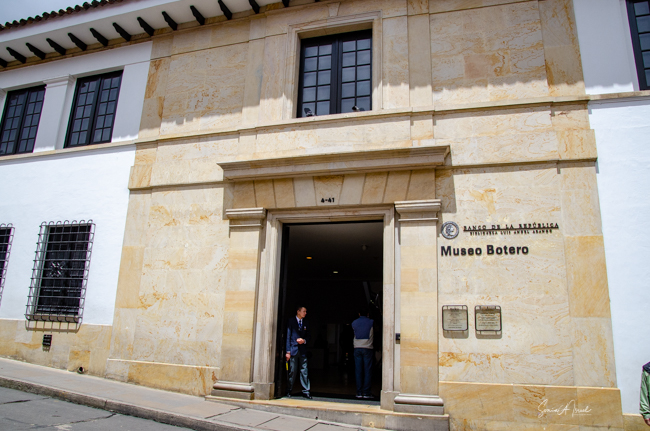
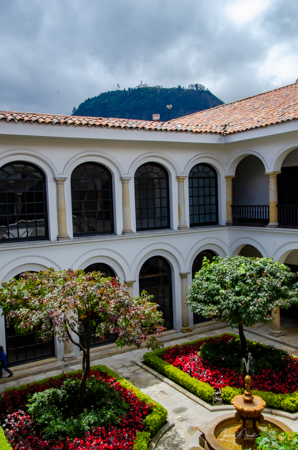
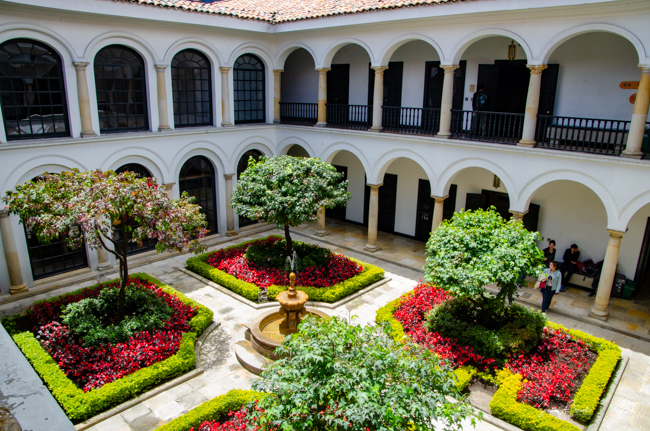
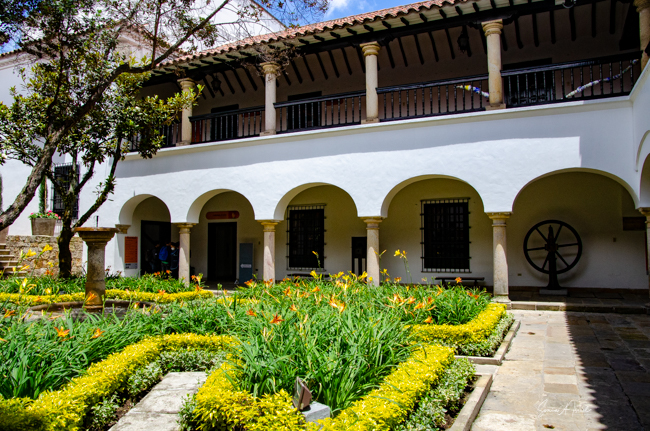
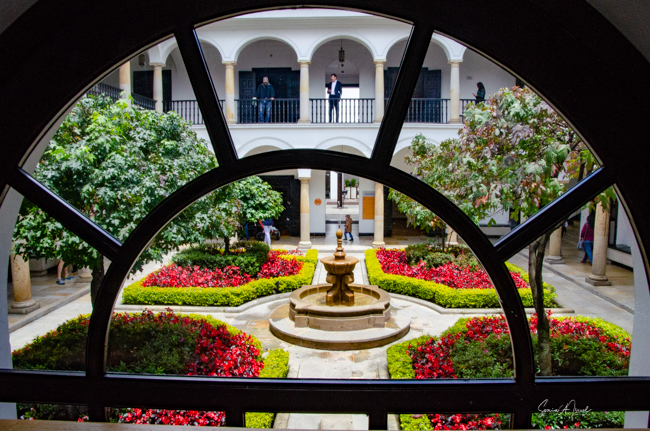
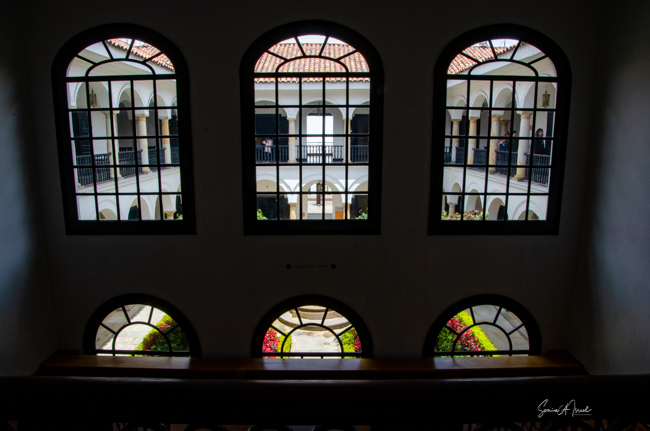
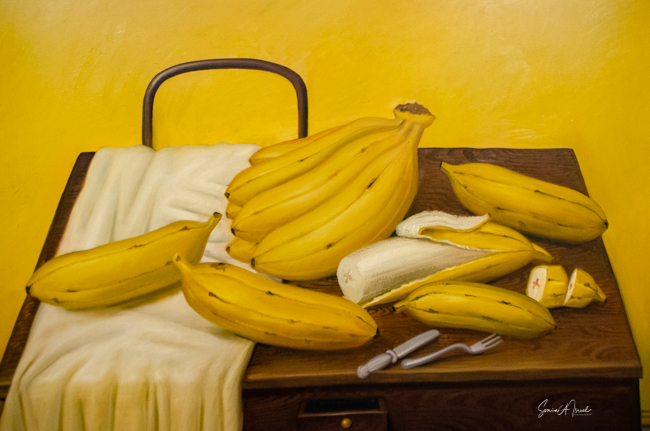
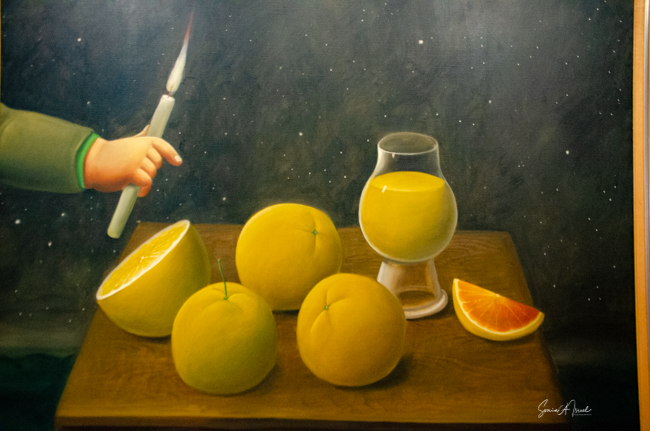
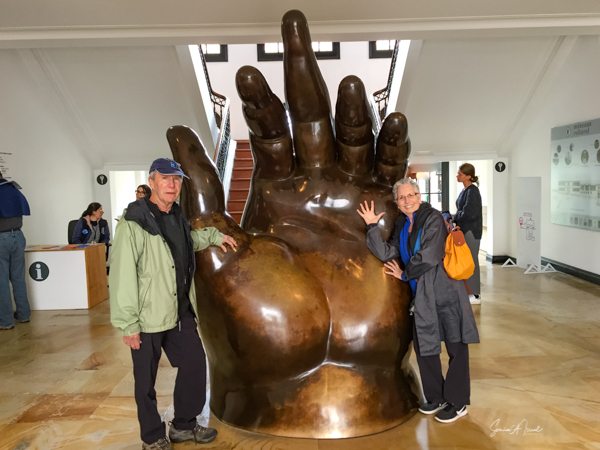

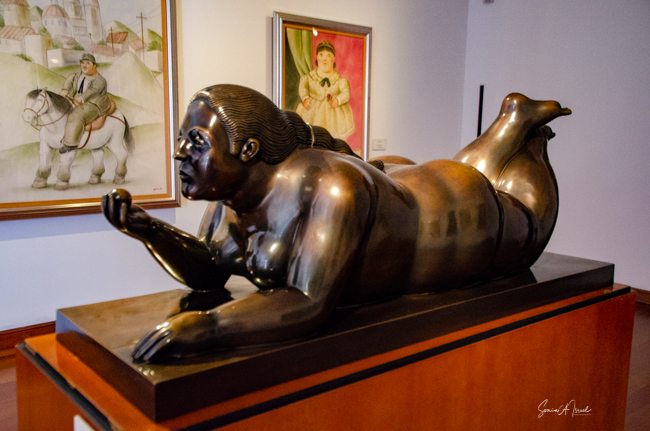
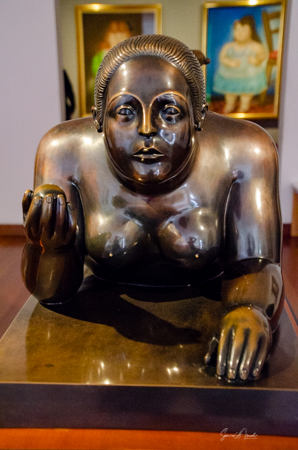
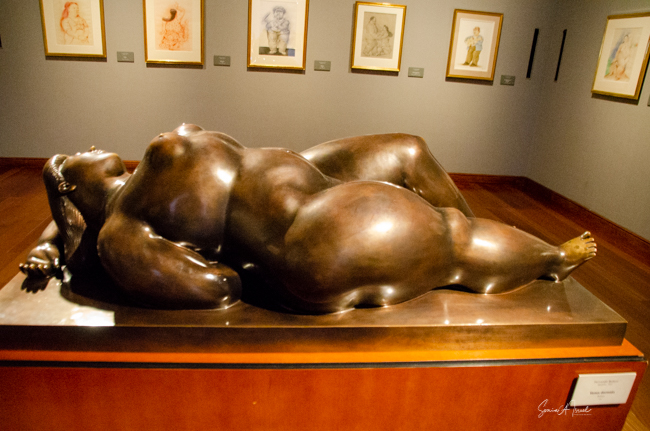
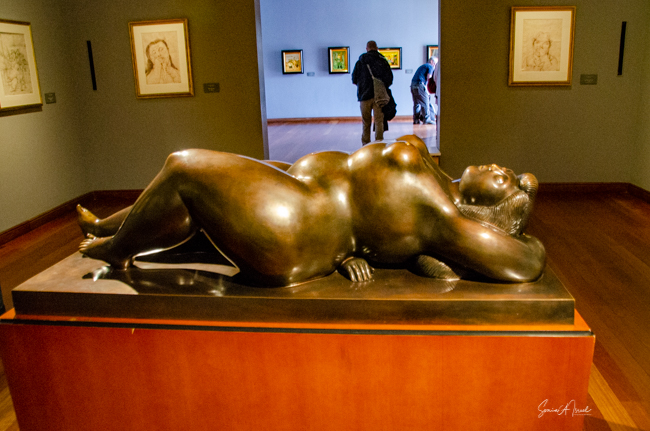
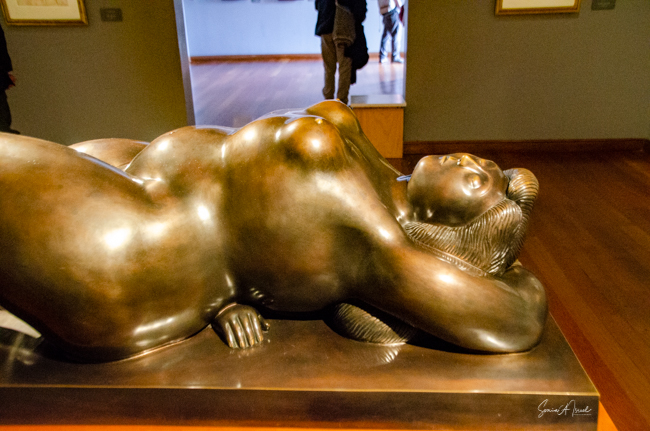
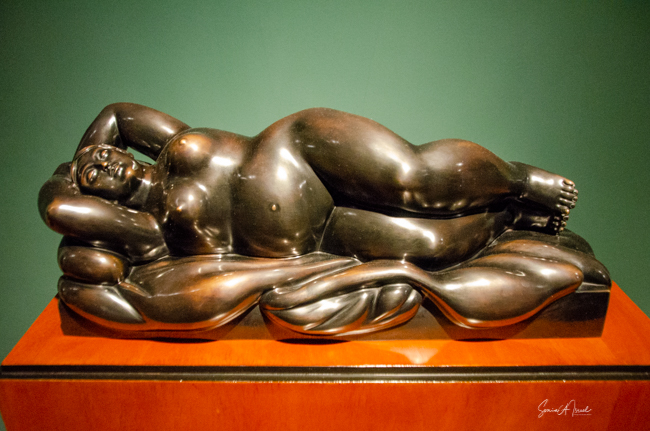

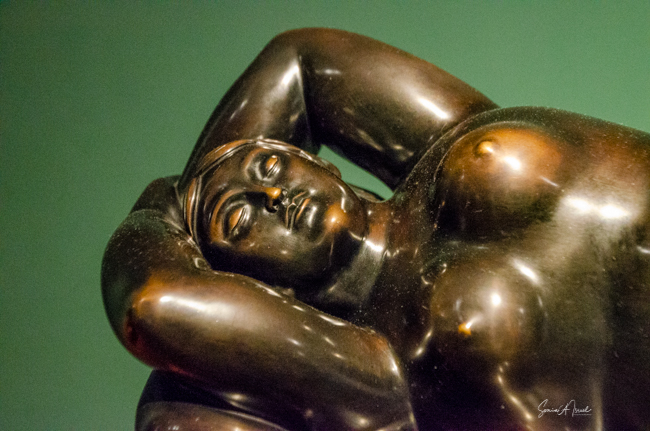

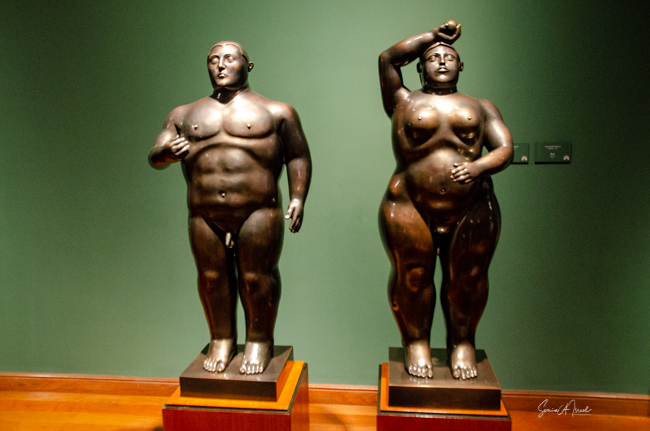
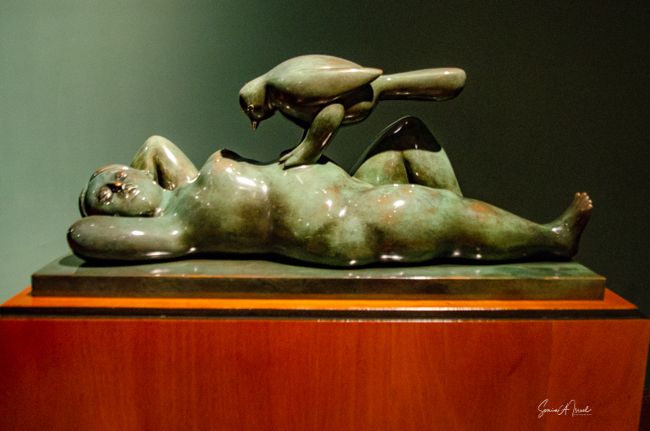
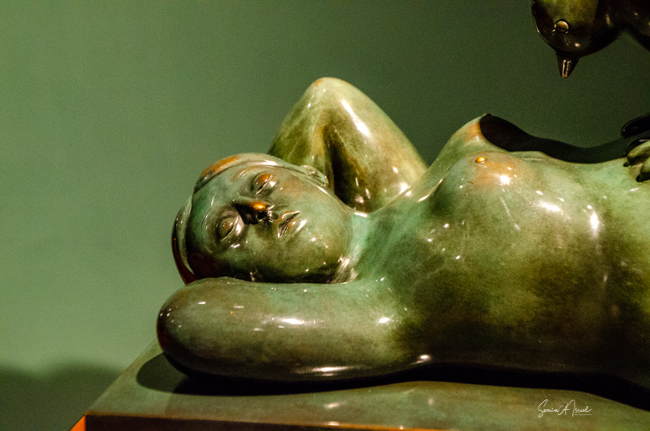

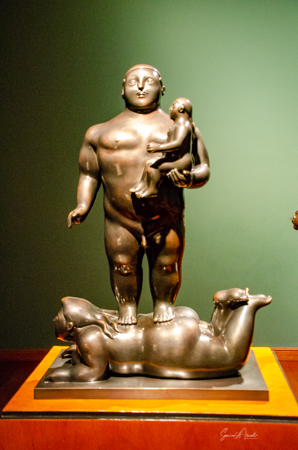
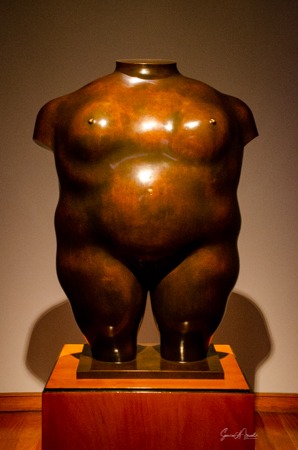
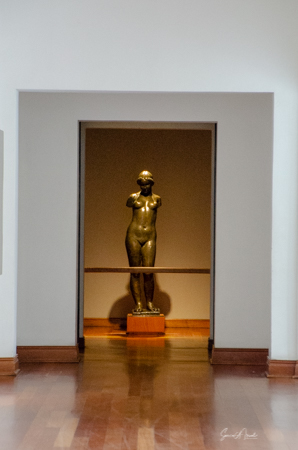

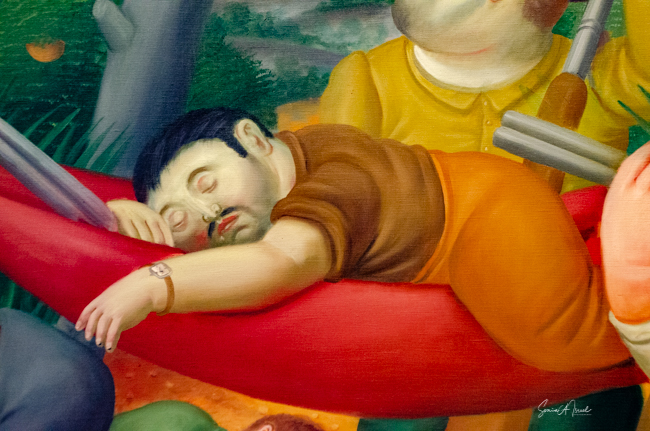
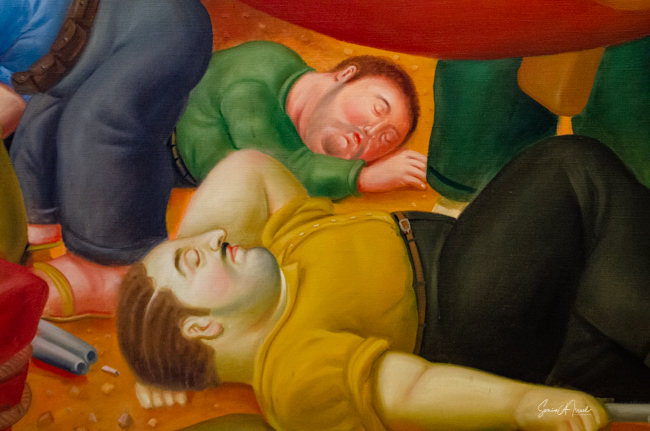
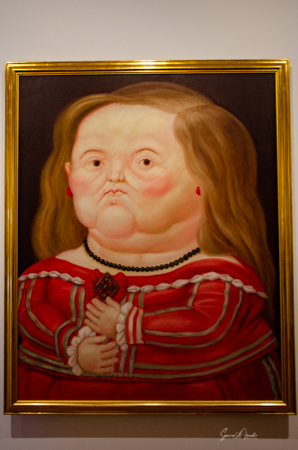
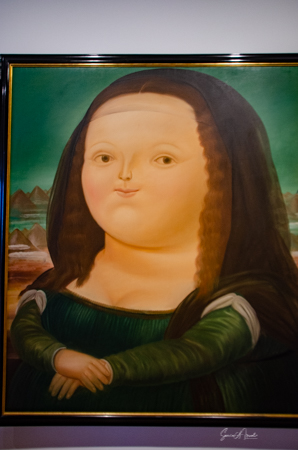
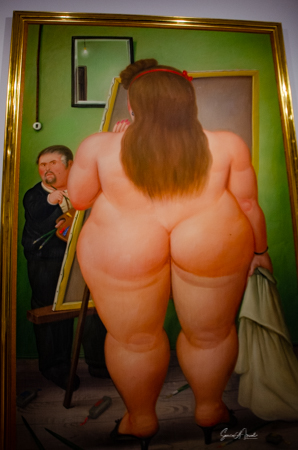


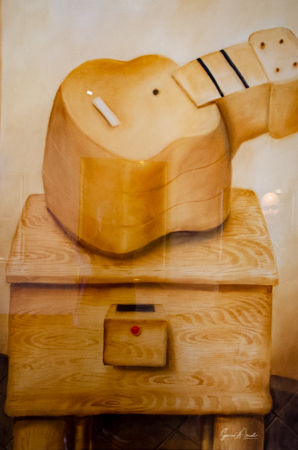
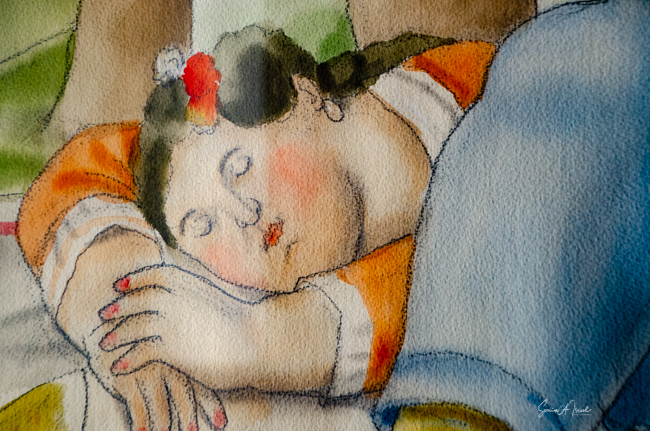
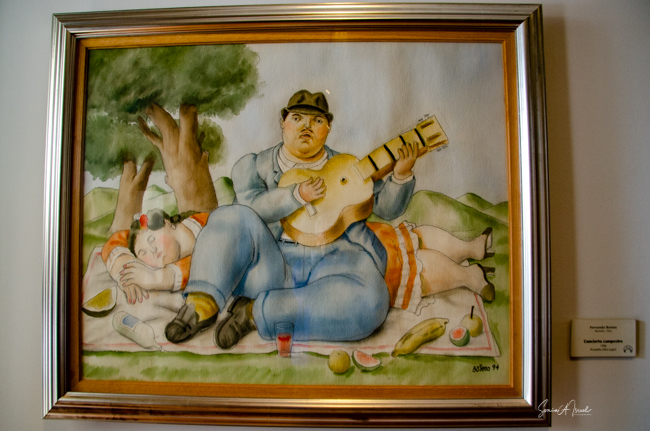
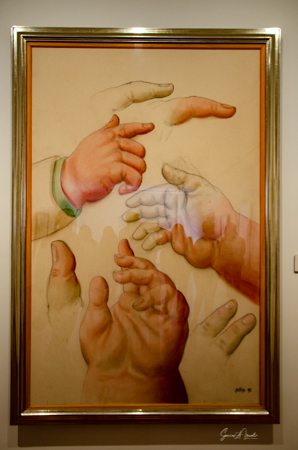
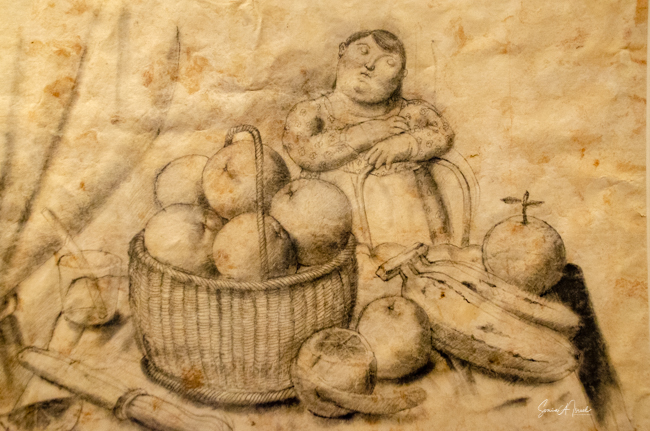
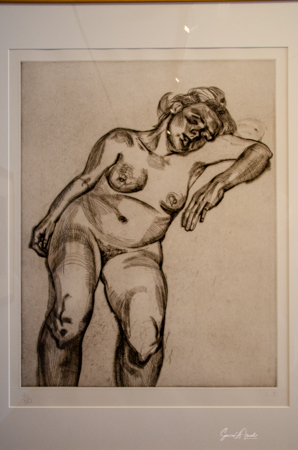
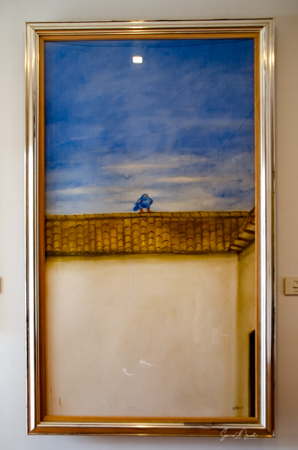
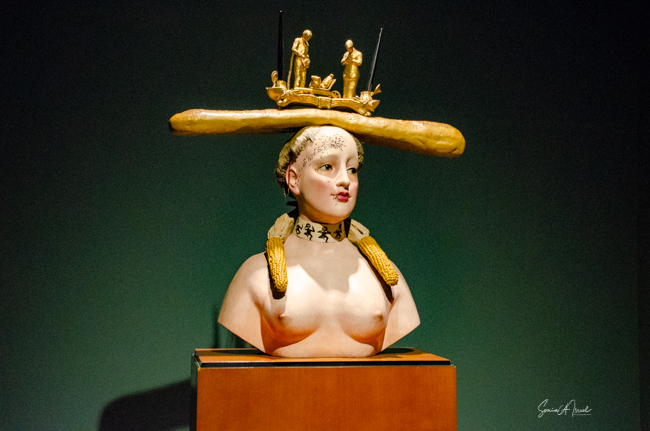
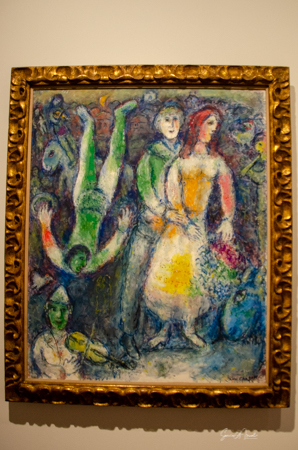
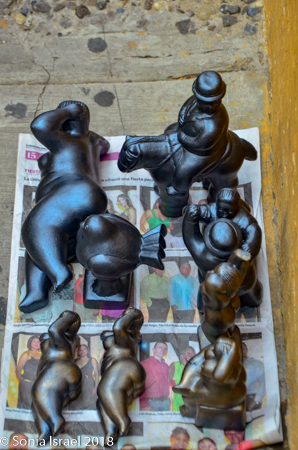
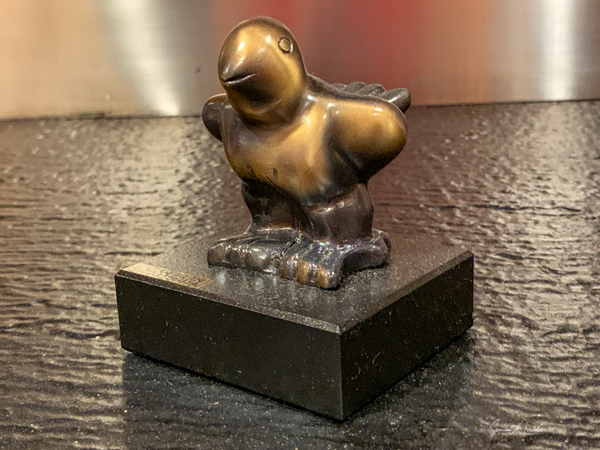
Diane Feuerstein
Thank you for sharing this wonderful information on Botero. There were 2 on the beach in Pt Loma during the America Cup Races. And there on several in Maui at a hotel in Wailea.
Lee Kaplan
The Botero sculptures and paintings speak to me, too. Those large, rounded forms always leave me smiling. Thanks for sharing them with us!